Table of contents
What is Yoga and how to practice it?
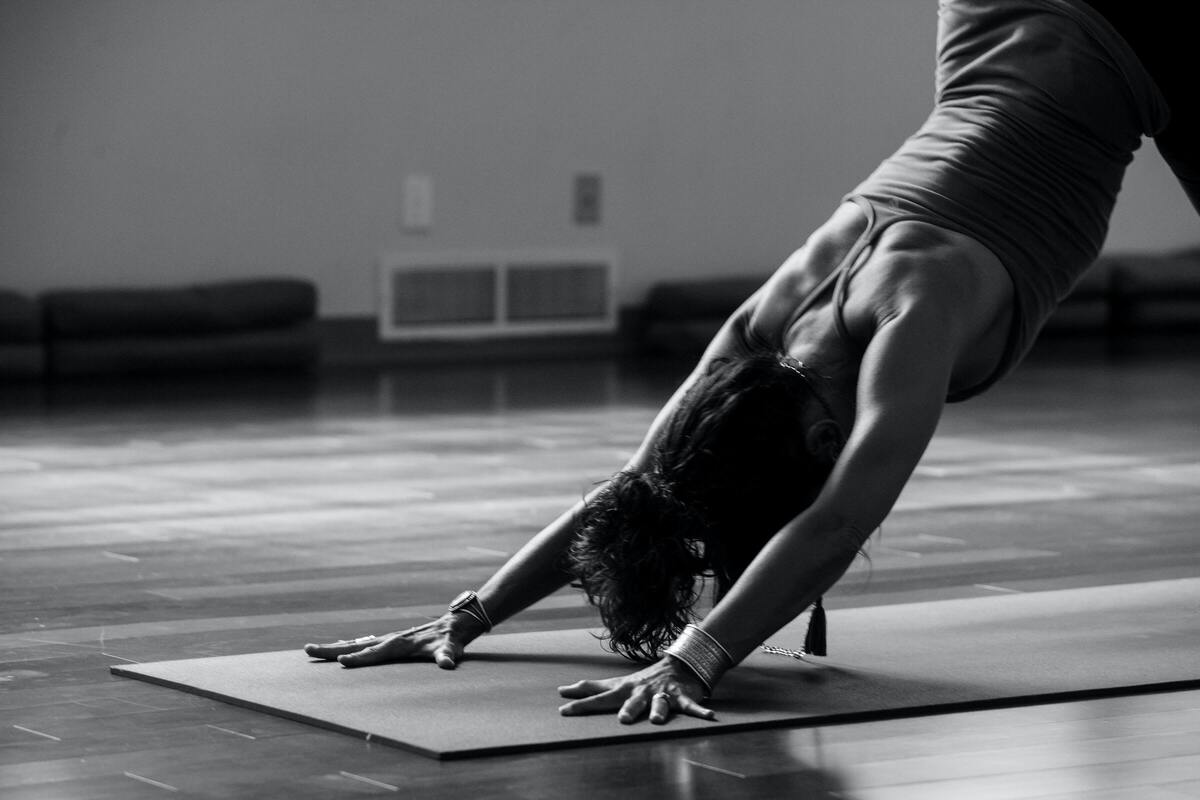
Yoga is a practice that emerged thousands of years ago and in this practice there are many branches that have specific goals. Yoga practice is used to work on flexibility, strength and also the ability to concentrate. Despite the various branches, the main goal of this practice is to make the connection between the mind, body and spirit.
Besides having the goal of improving body, mind and spirit, the practice of yoga also works on the control of breathing. This work, also focused on the way people breathe, is due to the fact that it is through breathing that vital energy is regulated. Therefore, controlling the air, during inhalation and exhalation, is what promotes the proper functioning of the body.
In today's article, we will talk about various aspects related to the practice of yoga such as: what this practice represents, what are its benefits, how to practice and what types of yoga exist.
What Yoga represents
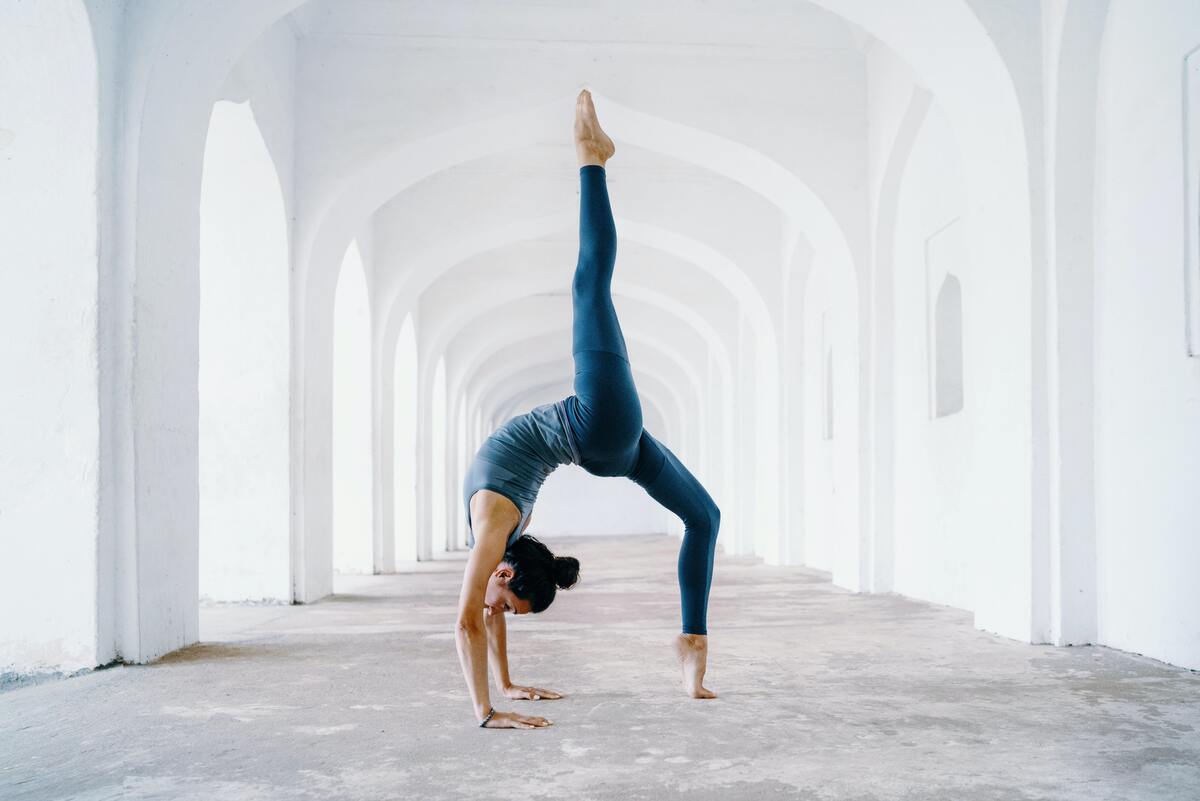
Yoga represents the work of the body and mind in a connected way, through exercises that help to control stress, anxiety, body and back pain. It also promotes a great improvement in balance and mood.
In this part of the article, we will bring information to better understand this ancient practice as: meaning of yoga, its origin, how is its practice, who can practice, what are the yoga positions and how to practice at home.
Meaning of Yoga
Yoga is a philosophy that comes from Asia, with the goal of working for the improvement of the body and mind, creating harmony between them. Besides that, the practice of yoga is an experience based on Buddhism, and one of its aspects is to awaken the body that may be living in an illusion.
This philosophy leads to the belief that all human beings are living in a reality of illusion. Therefore, each person must work to awaken his or her physical body to achieve consciousness in order to live truthfully.
Origin of Yoga
The origin of yoga comes from India, over 5000 years ago, today this philosophy of life is known in all parts of the world. In addition, this practice is also known as a holistic system that aims to work the harmony between body and mind.
The practice of yoga works on the emotions, helping people to connect their actions according to their thoughts and feelings. In this way, it provides deep relaxation, improves concentration, calms the mind, strengthens the body and increases flexibility.
The practice of Yoga
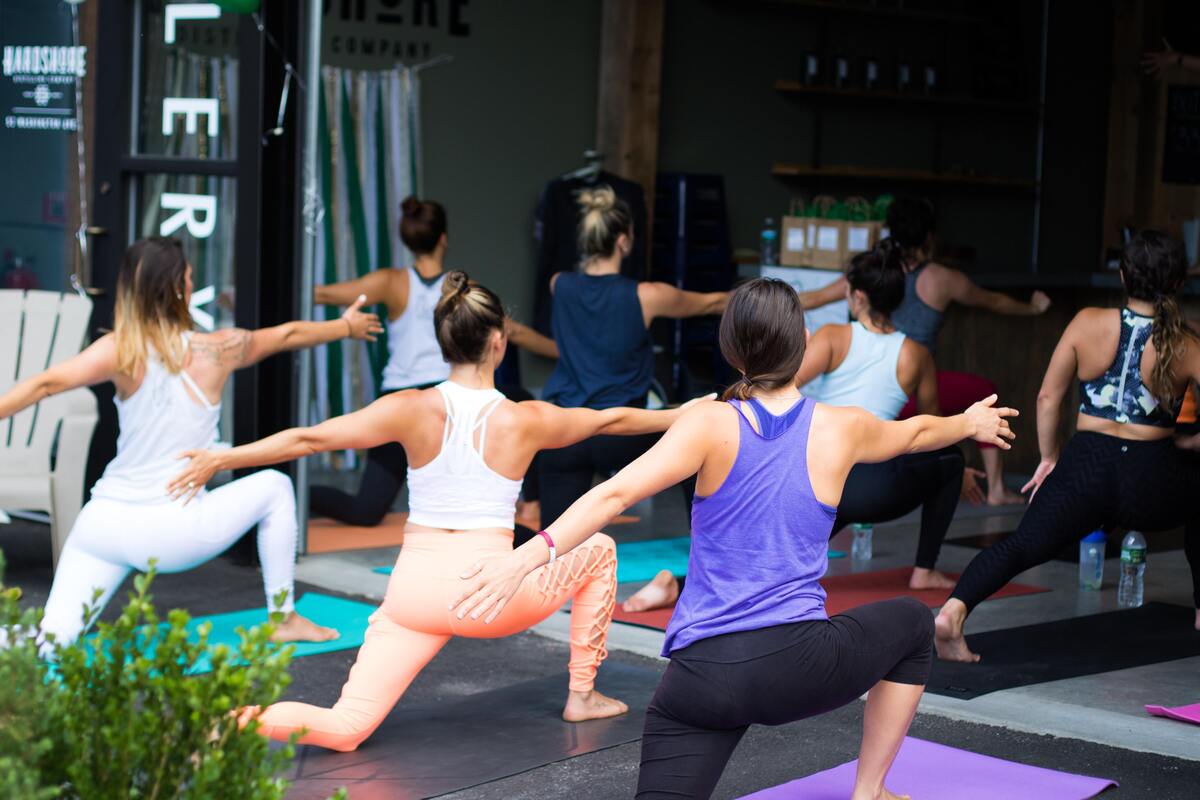
The practice of yoga, unlike other exercises, does not require much space or special equipment. It is even possible to start practicing at home using apps that serve as a guide for the movements.
For this, all you need is a small space in the house, such as the floor of the living room or bedroom, or even a balcony, always respecting its limits.
Who can practice Yoga
There are no restrictions for the practice of yoga, all people who have discipline and persistence can perform this activity. Therefore, it is a democratic form of exercise, where people of all ages, gender or beliefs can practice.
Because it brings numerous benefits, this practice can be performed by children, teenagers, adults or seniors. It is also indicated for people with stress problems, or who are in search of self-knowledge. It can also be performed by those who want to improve their self-esteem, calm their mind, or learn to control their emotions.
The Yoga Positions
The positions that are used for the practice of yoga are numerous, we will leave some of them described below:
Dog Looking Down:
Board;
Inverted Plank;
Extended Lateral Angle;
Tree Posture;
Warrior Posture;
Child Posture;
Serpent Posture;
Bow Posture;
Boat Posture;
Fish Posture;
Wind Relief Posture.
How to practice Yoga at home
To practice yoga at home you need to find a place with a little space, it can be the bedroom or the living room. It is only necessary that the local floor is smooth and flat, you also need to move away furniture, if they are very close to where you will do the practice.
It is recommended not to do the postures on a full stomach, and preferably not to eat close to yoga time. If you feel hungry, drink a juice or a spoonful of honey 30 minutes before practice. The clothes should be light and made of soft fabrics, so as not to bother you during the movements.
The Yoga mat
The ideal way to do yoga is to have your own mat, called Mat, but you can also improvise with what you have at home. You can, for example, use a towel or a folded blanket. But, in these cases, you have to be careful not to slip.
The mat is more recommended, because it is non-slip, if you use any suggestion above, it is important that you only use when doing postures with your knees on the floor, lying down or sitting. Positions that require firmness, as the Dog, it is preferable to do directly on the floor. Feet should be barefoot, socks will cause slipping.
The benefits of Yoga practice
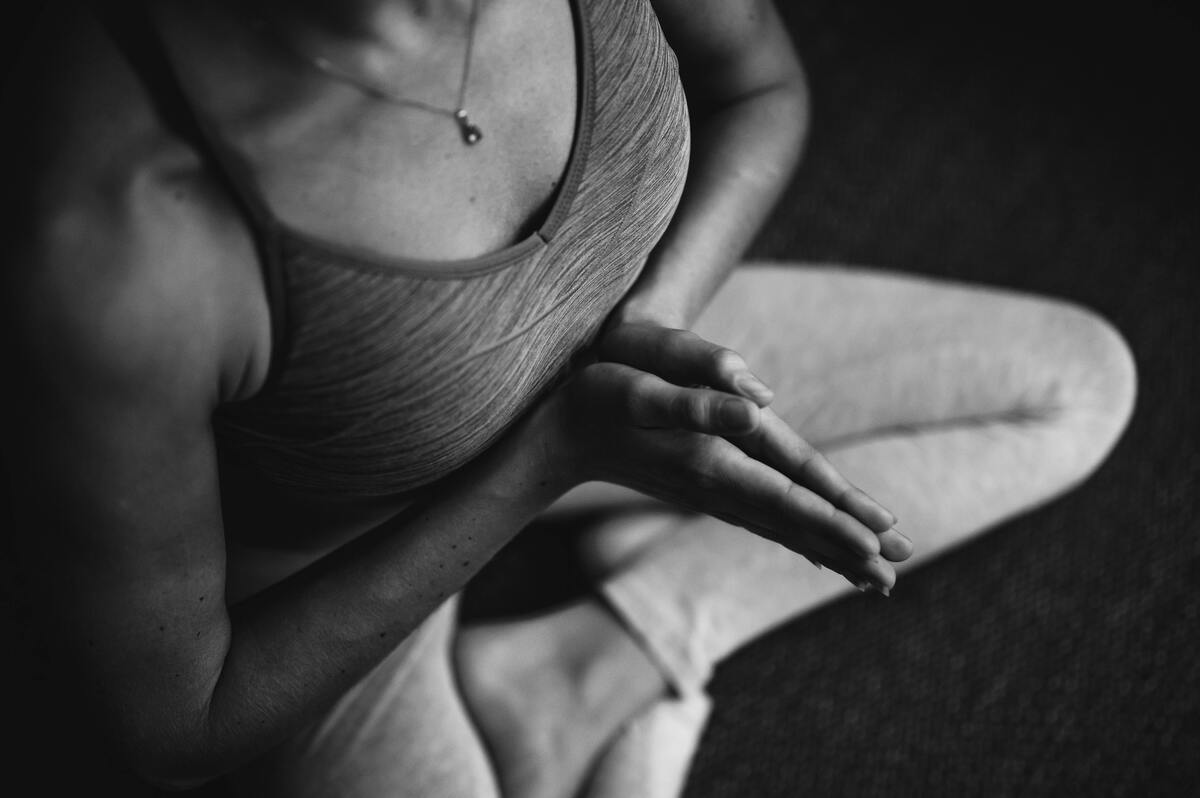
The practice of yoga brings many benefits to the health as a whole, because its postures help in balance, strength and relaxation. In addition, during the practice people learn to control their breathing, which is a great help for the emotional.
In this part of the article, we will show some of the benefits brought by the practice of yoga. Benefits such as: reduction of stress and anxiety, expansion of consciousness, weight loss, strength and muscle definition, flexibility, among others.
Reduces stress and anxiety
Yoga, as well as meditation, has the power to mitigate stress, thus it is possible to combat and also prevent physical and psychological problems arising from it. Other problems that this practice helps to improve are headaches and muscular pains.
Yoga practice can also be beneficial as an aid in the treatments of Panic Syndrome, insomnia and anxiety. This is because the postures and controlled breathing lead to relaxation, which helps with these problems.
Expansion of consciousness
The performance of yoga postures uses the focus and attention on breathing, so people who do this practice are more aware of their body. Thus, one of the results is an expansion of the mind, with greater awareness, also improving concentration on everyday activities.
This fact also leads to greater proactivity and improved process creation. In addition, the practice of yoga also brings benefits to assist in the treatment of psychological problems such as depression and also reduces mental fatigue.
Slimming
Although the movements made during yoga practice are performed slowly, they not only stimulate concentration, flexibility and elasticity, but also burn calories because they require strength and balance.
Generally, people who take a yoga class do not leave exhausted and totally sweaty, which can lead to a misleading analysis that this practice does not help in weight loss. However, as its exercises strengthen the muscles, this helps in weight elimination.
Body strength and definition
While performing the postures in yoga practice, it is generally necessary to use strength and balance. Staying in the positions requires that the muscles used for that movement are firm to keep the body static.
This process of staying requires strength, as well as the passage from one posture to another. In this way, yoga not only brings flexibility and relaxation, but also strengthens and defines the body's muscles.
Flexibility
With continuous performance of yoga movements, little by little, even people with less elasticity can improve their flexibility. Therefore, it is not necessary to already be a contortionist to start practicing yoga.
Yoga works with the difficulties of the present of each practitioner, to transform them gradually into improvement. The important thing in this practice is to be patient, respect the limits of the body and perform all the movements with attention.
Postural improvement and pain relief
There are many benefits that the practice of yoga offers to people who adhere to this physical activity. The postures performed promote stretching, muscle strengthening, and increases the flexibility of the body.
In this way, all this movement favors an improvement in posture and joints, and gradually leads also to a reduction in pain. For, the strengthening of the muscles helps to improve the support of knees, spine and joints.
Improved sexual performance
With the practice of yoga there is an improvement in the self-confidence of people, thus also increases the desire, arousal and leads to a better quality of orgasm and satisfaction. The concentration promoted by yoga makes people increase their perception about their body.
With this, the connection with their partners is also greater, in addition, activities that stimulate breath control, and concentration will bring more ease in achieving pleasure. The postures made during the practice make people can better channel their sexual energy.
Improved sleep
The yoga postures and the realization of a more conscious breathing, makes people achieve a higher level of relaxation. In this way, it is also provided the reduction of stress and a greater connection between body and mind.
Thus, the result of this practice also favors the improvement of sleep, because it slows down the heart rate and thoughts. That is, it provides relaxation, relief of tension and greater comfort for the body, resulting in a peaceful sleep.
Improved immunity
Practicing yoga makes people work the whole body, helping the health as a whole. The practice of yoga promotes the balance of the whole body, improving the functioning of all internal systems.
With this, the immune system is also strengthened, this system is a structure with several biological processes, which have the purpose of protecting the human body against diseases that can attack your cells.
8 Steps of Yoga
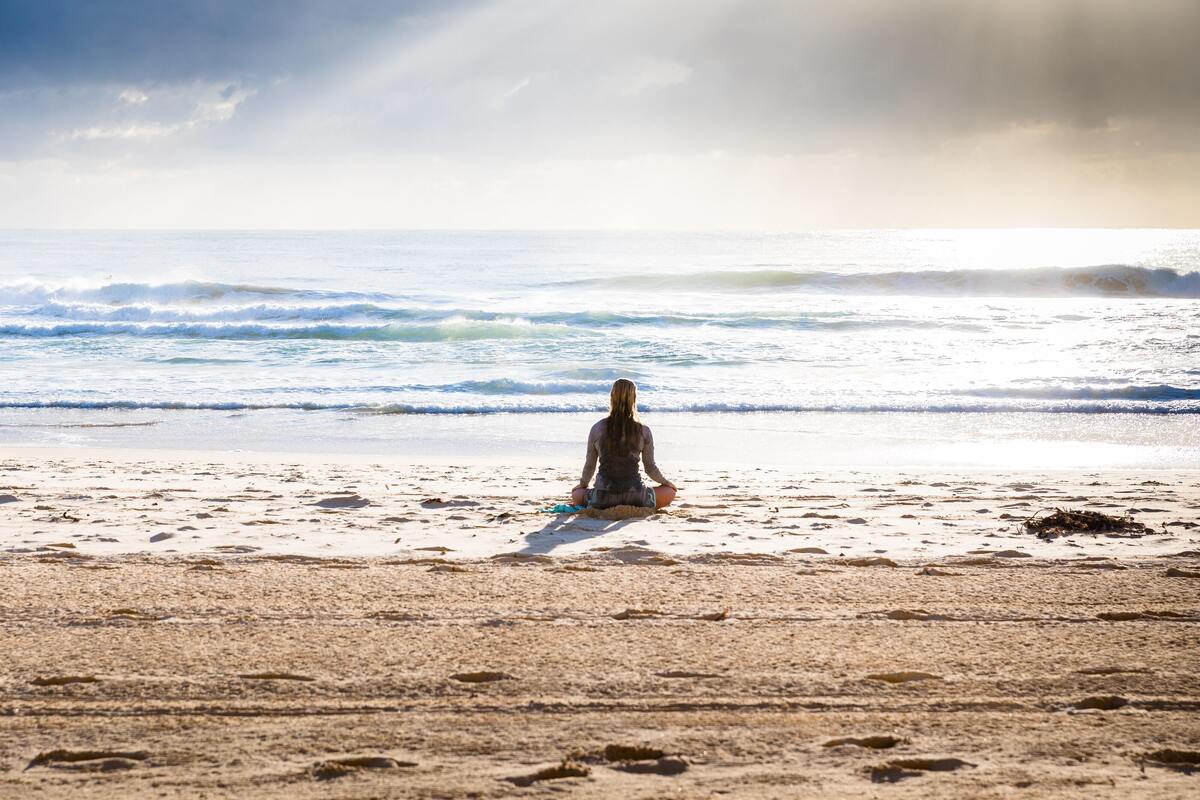
The steps of yoga were defined centuries ago by an Indian sage named Patanjali, so understanding the texts prepared by him is very important to follow the steps of yoga.
Below we will leave the 8 steps of yoga, its name and meanings, these steps are: Yama, Niyama, Asana, Pranayama, Pratyahara, Dharana, Dhyana and Samadhi.
Yama
Yama means Discipline and it is the basis for all the yoga lines and postures, and in it there are five directions, which have the intention of forming character and ethics, thus making it possible to have a peaceful life in community and with oneself.
These precepts, according to the yogis, are fundamental to work on the spiritual plane, they speak mainly of non-violence, against oneself and against others. It is to maintain the balance between working, eating and drinking just enough, without exaggeration.
Below the 5 yamas:
Ahimsa: It means non-violence;
Satya: Brings the meaning of truth;
Asteya: It is the principle of not stealing;
Brahmacharya: Brings the teaching of moderation;
Aparigraha: It means not to covet.
Niyama
Niyama means Self-discipline, the Niyamas are five precepts also that talk about healthier mental actions that are part of the being of the yoga practitioner. According to yoga philosophy, a good practitioner is recognized, not by his bodily ability, but by his attitudes.
Below the 5 Niyamas:
Saucha: It means purity of attitude;
Samtosha: Has the meaning of contentment;
Tapas: Talk about willpower;
Svadhyaya: It means the study of oneself;
Ishvara: Has the meaning of surrender to the divine being.
Asana
Asana means Posture, this is how the names of the physical postures that are performed during yoga practice are mentioned. It is through Asana that people practicing yoga let the energy flow freely making the transformation of the body.
It is through the Asanas that the mind reaches a high degree of consciousness, as the concentration on the postures, which suppresses the thoughts that steal the energies. The Asanas need to be done in a stable, firm and comfortable way. In this way, you will reduce the body effort to the minimum necessary.
Pranayama
Pranayama means Control of the Vital Force, in this stage of yoga occurs the expansion of vital energy, through the control of breathing. When you can keep the breath calm, the mind follows the rhythm and calms down too.
Pranayama is a way of controlling the act of breathing in and out, which goes through four stages: breathing in, holding the air in the lungs, breathing out, and holding the lungs dry for an instant. Doing this breathing exercise strengthens the nervous system and harmonizes thoughts, emotions, and attitudes.
Pratyahara
Pratyahara which means Retraction of the Senses, according to the master Patanjali, it represents the passage from Yama, Niyama, Asana and Pranayama, to Dharana, Dhyana and Samadhi, which are the next points we will see.
In this stage of yoga, the aim is to free the mind from external influences, to put it in a meditative state. It is the way to quiet the mind, emptying it, calming it of emotions and relaxing the body.
Dharana
Dharana means Concentration, it is the search for fixing the attention in a specific point, preventing the mind from wandering, this way begins the path to meditation. Therefore, the goal of this step is to seek the silence of the mind.
For this you can use some practices, for example, fixing your eyes on the flame of a candle or doing the chanting of Mantras repeatedly. Initially these practices will seem difficult, but with the passage of time, it will become easier to keep your mind away from external influences.
Dhyana
Dhyana which has the meaning of Meditation, this is the penultimate step of yoga. It is at this time that people can get rid of thoughts, quiet the mind and achieve true meditation.
From this point that the fluctuations of the mind cease, and maximum concentration is achieved. To achieve this state of real meditation, however, with effort and dedication, with time it is possible to conquer this goal.
Samadhi
Samadhi means Hyperconsciousness, this is the final stage to be conquered in yoga practice, it is the moment when people manage to reach the deepest level of consciousness. According to some scholars, this is the point when the subconscious, the conscious and the unconscious unite.
Samadhi is the ability to experience sensations of lightness, without having any thoughts tormenting you. It is the learning of the mastery of body and soul, opening the paths to intuition.
Types of Yoga
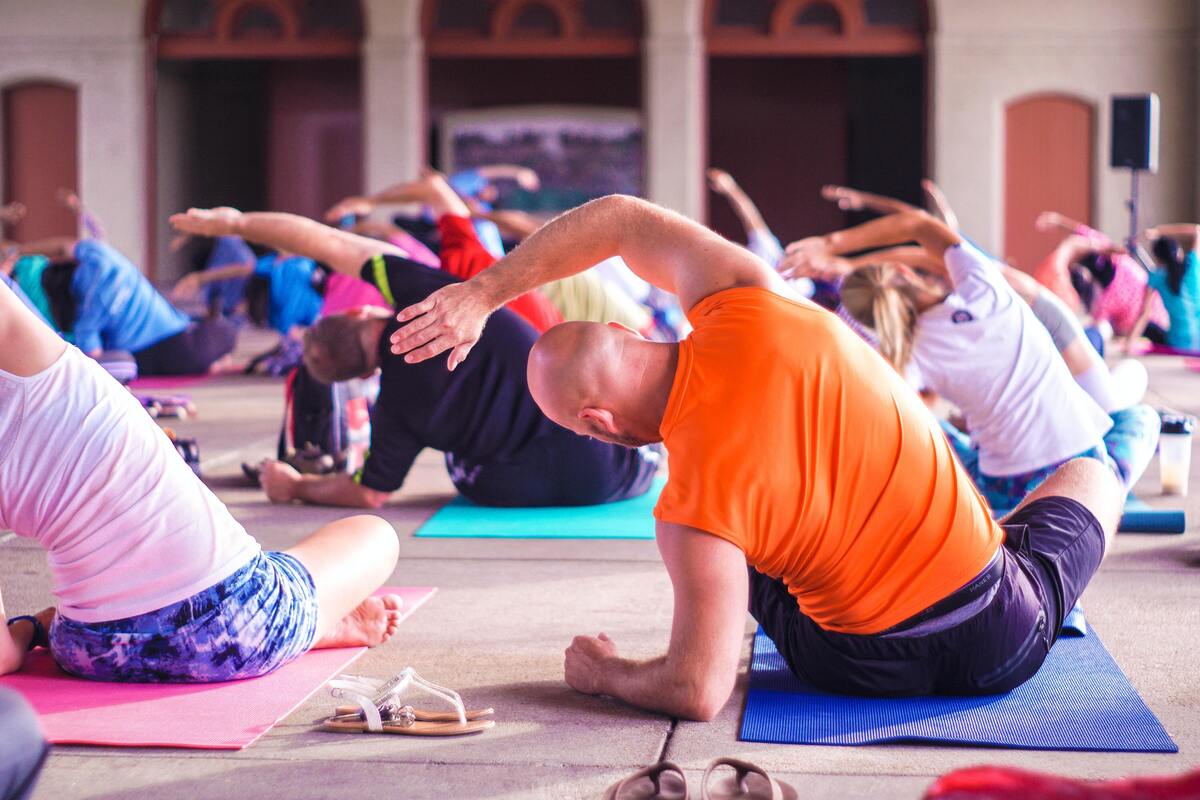
For many people the practice of yoga becomes a lifestyle, its postures and breathing control result in greater well-being and better health. Precisely this practice serve several goals, there are several types of yoga.
Below we will talk about some of these styles like, Hatha Yoga, Karma Yoga, Bhakti Yoga, Gyana Yoga and Raja Yoga.
Hatha Yoga
Hatha Yoga is one of the best known aspects of this practice, it is the structure of the union between mind and emotion. This style has varied intensities, so it is totally adaptable to anyone, because its goal is to improve the balance for the day to day.
The translation of this term means Vigorous Yoga, this modality believes that self-knowledge can be built, and so in each class people get closer to the goal. Hatha Yoga is more focused on personal development and has a focus on health. A curiosity is that this style of yoga is more practiced in the West.
Karma Yoga
There are two ways of meaning Karma Yoga, one of them, the best known, says that this term means action without expectation of results. Its other meaning says that Karma Yoga is actions aimed at altruism.
Therefore, Karma Yoga is the opposite of Hatha Yoga, since Hatha Yoga provides actions that seek results. In the case of Karma Yoga, actions are more directed towards others, it is a way of serving.
Bhakti Yoga
In Bhakti Yoga, practitioners are on a quest to know and understand the divine in each and every being and form. This practice is also known as a form of devotion, as it aims to reach a perfect connection with God.
This practice is a form of self-realization, by seeking experiences of union with the universe, through an exchange. In this style of yoga the Mantras are incorporated, mainly the best known of them, the "OM".
Gyana Yoga
Gyana Yoga, or Jnana Yoga, is known as tracing the path of self-knowledge through experience. The direct translation of this term is knowledge. It is a process of attaining wisdom using the promise of a perception of the divine.
Even though it is necessary to study the scriptures and attend the lectures of spiritual masters, knowledge can also be gained through experiences.
Raja Yoga
In Raja Yoga there is a union of physical exercises with the practice of meditation. It may seem that this style is equal to others, but its objective is to bring relief to the daily tensions of its practitioners. The postures are done without losing contact with the divine, with consciousness in spirituality.
In this way, people are able to appropriate a unique sense of peace, brought about by effective control of the mind. During the practice, thoughts are trained in a positive manner and with a focus on oneness with the divine.
Different lines of Yoga
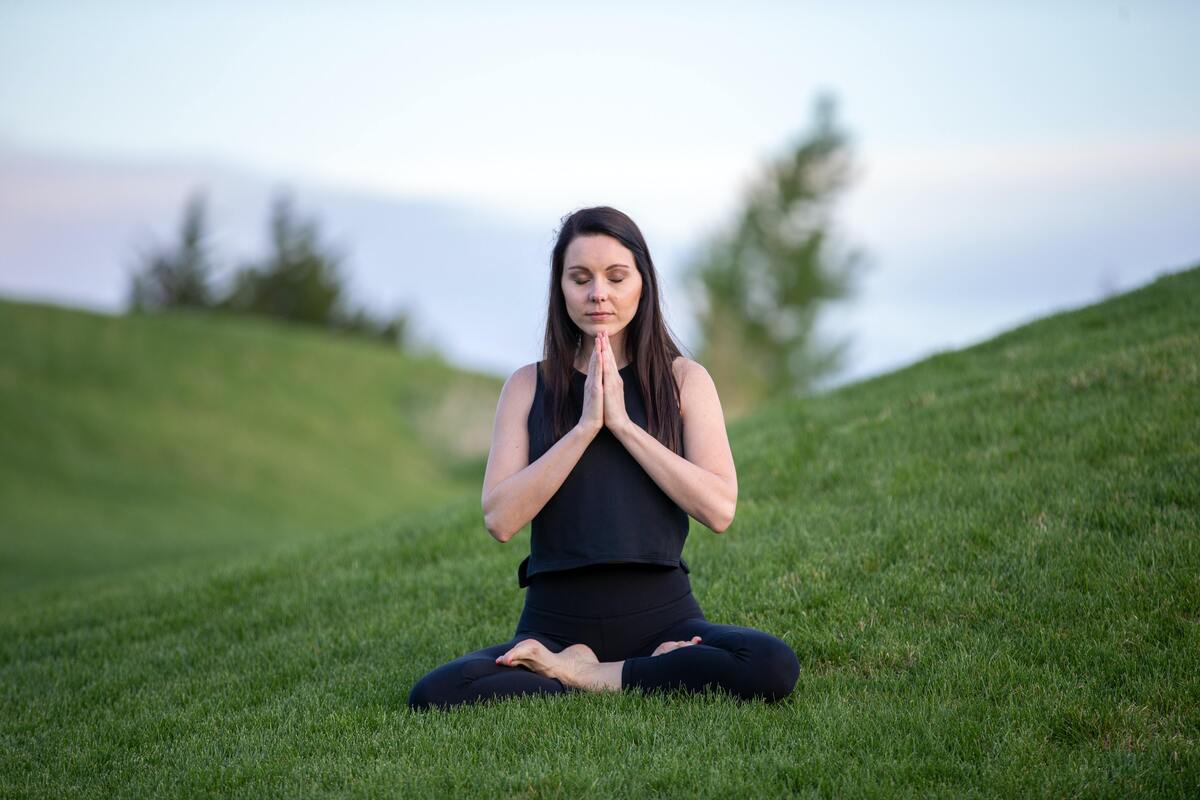
There are many existing lines of yoga, each with a goal and bringing a unique benefit. However, there is something they all have in common, the physical and mental well-being of those who choose to perform this practice.
In this part of the article we are going to show you some more styles of yoga that exist. Meet Ashtanga Yoga, Vinyasa Yoga, Iyengar Yoga.
Ashtanga Yoga
Ashtanga Yoga is a branch from Hatha Yoga, this is a practice that uses 6 fixed series, they are trained for a long time, until the advance occurs naturally. In each series, a set of asanas are done so that the practitioners can adapt their bodies. With this they gain body awareness, strength and flexibility.
The postures should be performed following a sequence that matches the ability of the practitioners. Therefore, series 2 will only be performed after the correct practice of series 1, so that the body is strengthened and adapted.
Vinyasa Yoga
Another way to practice yoga is the Vinyasa style, it has its focus on the intensity of the postures and breathing. The goal of this modality is to make the body gain more dynamics, and should be practiced by those who already have experience in the practice of yoga.
In this style Hatha and Ashtanga Yoga postures are used, bringing a greater difficulty, thus making this a unique practice.
Iyengar Yoga
The Iyengar Yoga style was created according to the teachings of the master Iyengar, who gives his name to this practice. This form of yoga aims to bring all people closer to the practice, as its postures do not present difficulties.
The asanas in this practice are presented in a very technical way, focusing on alignment. Even beginners can benefit from this practice right from the beginning, awakening their body consciousness.
How to do Yoga
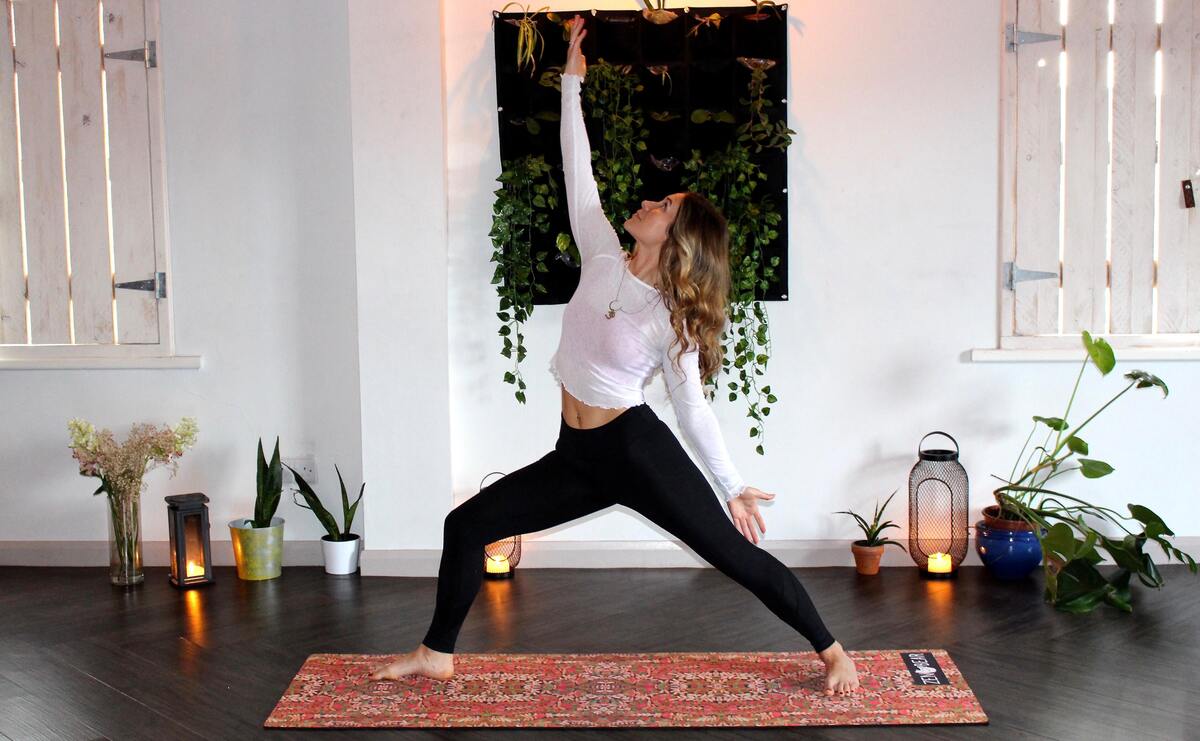
The practice of yoga can be performed by all people who feel the need to improve their well-being and state of physical and mental health.
Below we will bring some information, showing how to start the practice of yoga. Some tips that can help to do the postures even at home such as: creating a ritual, how to prepare, the importance of guidance, respect for your limits and surrender to the present.
Create a ritual
For the practice of yoga it is important to have a space to perform the exercises with tranquility, and thus create the habit of this practice inserted into your routine. The chosen location needs to be spacious and comfortable.
It is suggested that there should be no furniture near the place where you will do the postures, so that accidents do not occur. If you do not have the proper mat for the practice of yoga, provide a blanket that can serve as support for the postures that are done lying down and kneeling.
Prepare in advance
People who are beginning the practice should look for postures that are easier to perform, do not try to do advanced postures. One suggestion is to watch videos of classes for beginners, which exist on the internet.
This way, it will be possible to learn the postures gradually, combining breathing and concentration. With patience and persistence the evolution will happen keeping the safety of the practice and taking advantage of its benefits.
Find someone to guide you in postures
Even by attending online classes, it is important to have help from experienced professionals for correct guidance. That way, there will be no risk of performing wrong postures that could lead to bruises.
People who decide to take online classes need a lot of dedication and effort, to keep up the pace and be able to advance in the method. It may seem easy to practice yoga, but in fact it is not, but with persistence it is possible to evolve.
Respect your body
When you start the practice of yoga, the most important thing is to respect your body and its limits. Do not force to perform a posture, go slowly, it may take a while to acquire the necessary flexibility to do some positions.
Before the practice, set aside some time and try to do a little meditation, thus preparing your mind. Sit on the floor with your back erect, and do the breathing exercise, so you will reach the point of relaxation and concentration that will help at the time of practice.
Give yourself to the present
Staying in the postures can be the biggest challenge for some people, especially those who have anxiety issues. Staying still can be a reason for the mind to float in thoughts thus losing concentration.
One way to stay present during your yoga practice is to use some ambient music. Choose a quiet, soothing sound that is compatible with the exercises you are performing. The music will help keep your mind calm and thoughts away.
Is Yoga practice worth it?
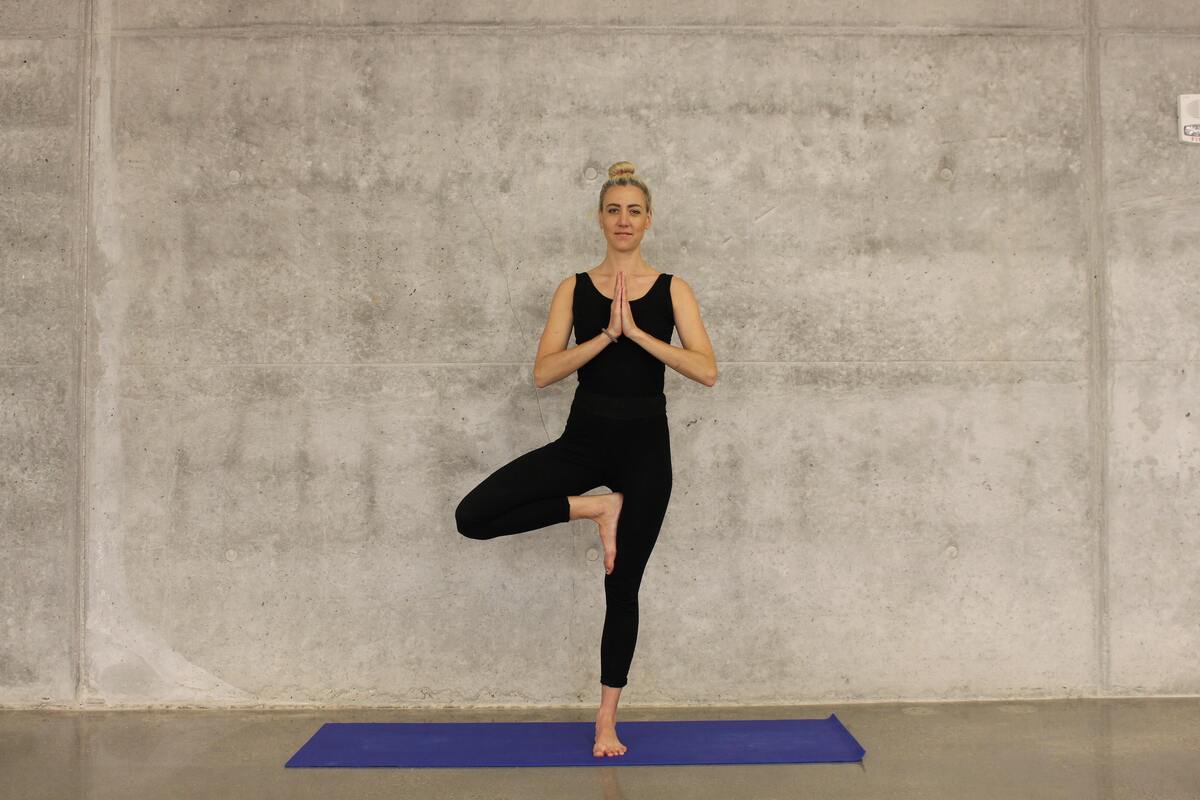
A practice that has existed for over 5000 years, coming from India that is known worldwide as an option to work the body and mind together, yoga aims to bring wellness and improve the health of its practitioners.
With this definition and background, one can say that it is worth practicing yoga. Because its postures help in physical and mental balance, improve immunity, bring relief from stress and anxiety. Therefore, it is a habit that will bring many benefits to practitioners.
In this article we have tried to bring you a lot of information regarding the practice of yoga, its benefits and the different existing branches. We hope they are useful.

